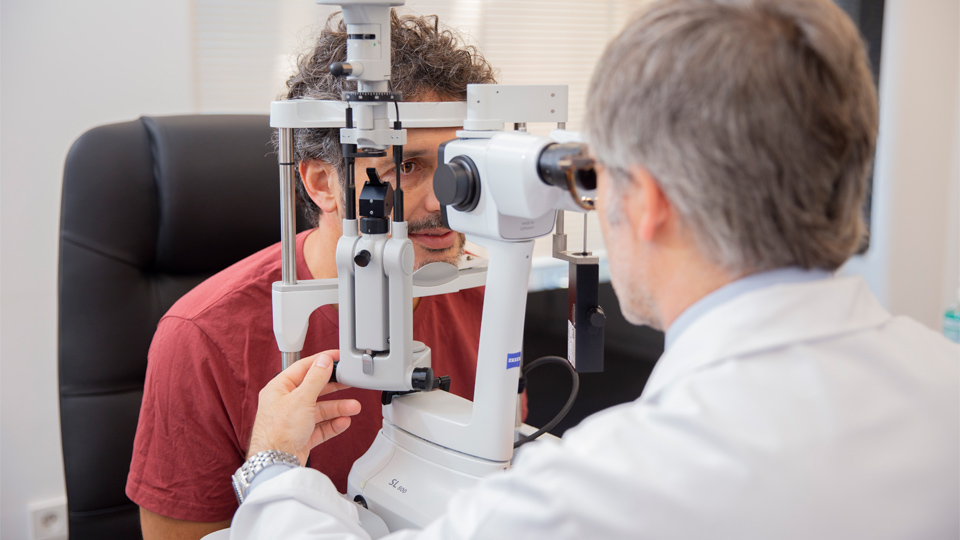What specialist should treat my dark circles?
27/11/2025

24/12/2024
Iris surgery is an ophthalmological procedure performed to treat a variety of conditions related to this part of the eye. The iris is a circular structure that controls the amount of light entering the eye by adjusting the size of the pupil. Any damage or alteration to the iris can affect both visual function and the aesthetic appearance of the eye. In this context, iris surgery has evolved to address different conditions.
Indications for iris surgery
There are various conditions that may require iris surgery, including:
Types of procedures
Iris surgery may include:
Benefits and risks
Advances in ophthalmological technology have made iris surgeries more precise and safer. The benefits include improved visual quality, reduced sensitivity to light, and aesthetic restoration. However, like any surgical procedure, it also carries risks, such as infections, inflammation, increased intraocular pressure, and damage to nearby structures such as the crystalline lens or cornea.
It is essential that these surgeries are performed by highly trained specialists and that each case is evaluated individually. Modern techniques, such as microsurgical sutures and the use of state-of-the-art devices, have minimised complications, but proper evaluation remains crucial to determine the feasibility of the procedure.
Dr Jose Lamarca, ophthalmologist at the Barraquer Ophthalmology Centre